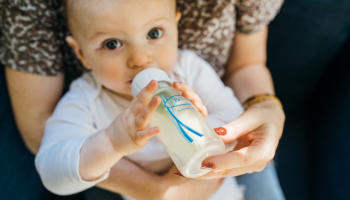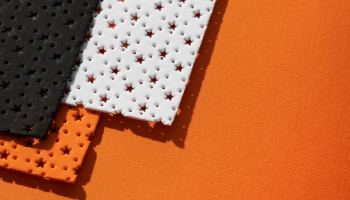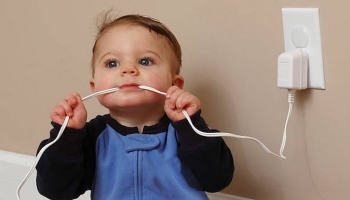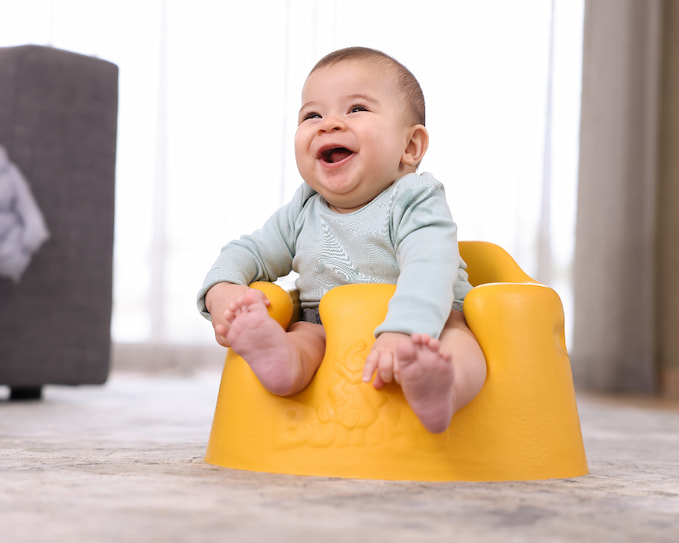
Bumbo seats have been a popular choice for parents of young babies for many years. These seats are designed to help infants sit up on their own before they are able to do so independently. However, there has been some debate around the safety of these seats.
The main concern with Bumbo seats is that they do not have any straps or harnesses to secure the baby in place. This means that if the baby were to lean too far forward or to the side, they could fall out of the seat. Additionally, some experts have raised concerns about the position of the baby’s spine while sitting in a Bumbo seat.
Despite these concerns, many parents continue to use Bumbo seats without incident. However, it is important for parents to be aware of the potential risks associated with these seats and to use them only under close supervision. In the following article, we will explore the safety of Bumbo seats in more detail, including the potential risks and benefits of using these seats.
Understanding Bumbo Seats
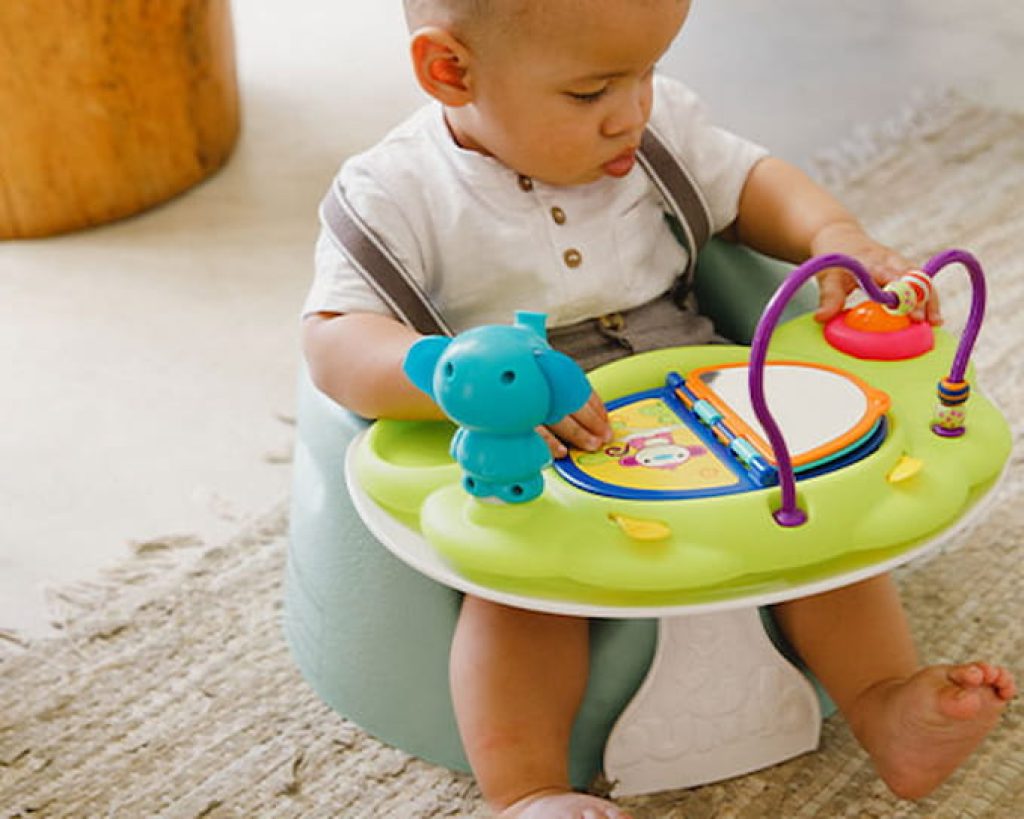
Bumbo seats are a type of baby seat designed to help infants sit upright before they can do so on their own. They are made of a single piece of molded foam and come with a tray that can be attached to the front.
The Bumbo floor seat is intended for babies who can hold their head up but cannot sit up on their own. The Bumbo multi-seat is designed for babies who can have good head control and sit up on their own but still need support. It can be used as both a floor seat and a feeding seat, and it comes with a removable tray.
While Bumbo seats can be useful for parents, it is important to understand their limitations. They are not intended to be used as a primary seat for babies, and they should always be used on the floor, not on elevated surfaces like tables or countertops.
Additionally, Bumbo seats should never be used as a replacement for a car seat or other type of baby seat. They are not designed to provide the necessary protection in the event of a car accident.
It is also important to note that Bumbo seats have been subject to safety recalls in the past. In 2012, the company recalled millions of seats after reports of infants falling out and suffering serious injuries. The company has since made changes to the design to improve safety.
Safety Concerns with Bumbo Seats
Bumbo seats have been a popular choice for parents as a way to help their infants sit up before they are able to do so on their own. However, there have been safety concerns with these seats that parents should be aware of.
One of the main safety concerns with Bumbo seats is the risk of falling. The seats are designed to be used on the floor, but if they are placed on an elevated surface, such as a table or counter, the seat can tip over, causing the baby to fall and potentially suffer serious injuries.
To address this concern, Bumbo seats now come with a warning label that advises parents not to use the seat on an elevated surface. Additionally, the company has introduced a new product, the Bumbo Multi Seat, which has a wider base and can be strapped to a chair to provide additional support and stability.
Another safety concern with Bumbo seats is the lack of a restraint belt or 3-point harness. This means that if a baby were to wiggle or move around too much, they could fall out of the seat or even tip the seat over.
To address this concern, Bumbo now offers a separate restraint belt that can be purchased and used with the seat. It is important for parents to use this belt or a similar product to ensure their baby’s safety while using the seat.
Finally, there have been recalls of Bumbo seats in the past due to safety concerns. In 2012, over 4 million seats were recalled due to reports of infants falling out of the bumbo baby seats, and suffering serious injuries. It is important for parents to check the safety record of any product before using it with their child.
The Pros and Cons of Bumbo Seats
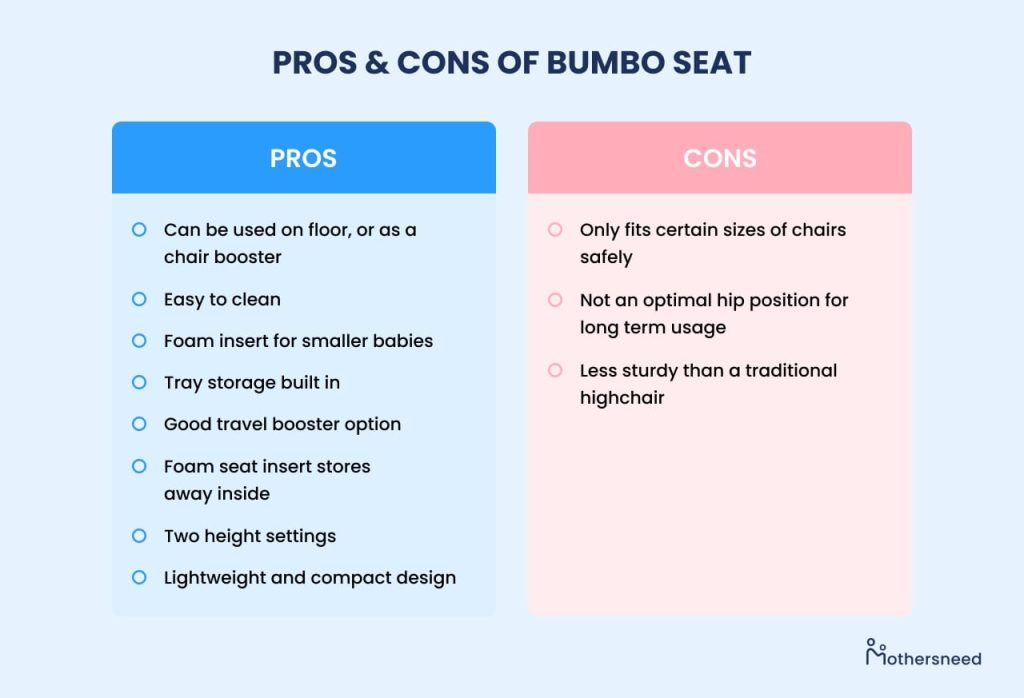
Bumbo seats have become increasingly popular among parents with infants. They are designed to help babies sit upright before they can do so on their own. However, like any baby product, there are both pros and cons to using a Bumbo seat.
Pros
- Assists with development: Bumbo seats provide support for babies who are not yet able to sit up on their own. This can help strengthen their core muscles and improve their balance, which can lead to faster development.
- Easy to clean: Bumbo seats are made of a smooth, easy-to-clean material that can be wiped down quickly with a damp cloth. This makes them a convenient option for parents who are short on time.
- Lightweight and portable: Bumbo seats are lightweight and easy to move around, which makes them a great option for travel or for use in different rooms of the house.
- Small and easy to store: Bumbo seats are compact and can be stored easily when not in use, making them a space-saving option for families with limited storage space.
Cons
- Safety concerns: Bumbo seats have been linked to a number of safety concerns, including falls and injuries. The seat’s design can make it easy for babies to wiggle out of the seat or tip over, which can result in serious injuries.
- Limited use: Bumbo seats are only suitable for babies who are not yet able to sit up on their own. Once a baby can sit up unassisted, the seat is no longer necessary.
- Not ergonomic: Some experts argue that Bumbo seats are not ergonomic and can put strain on a baby’s spine and hips, which can lead to long-term health problems.
Bumbo Seats and Baby Development
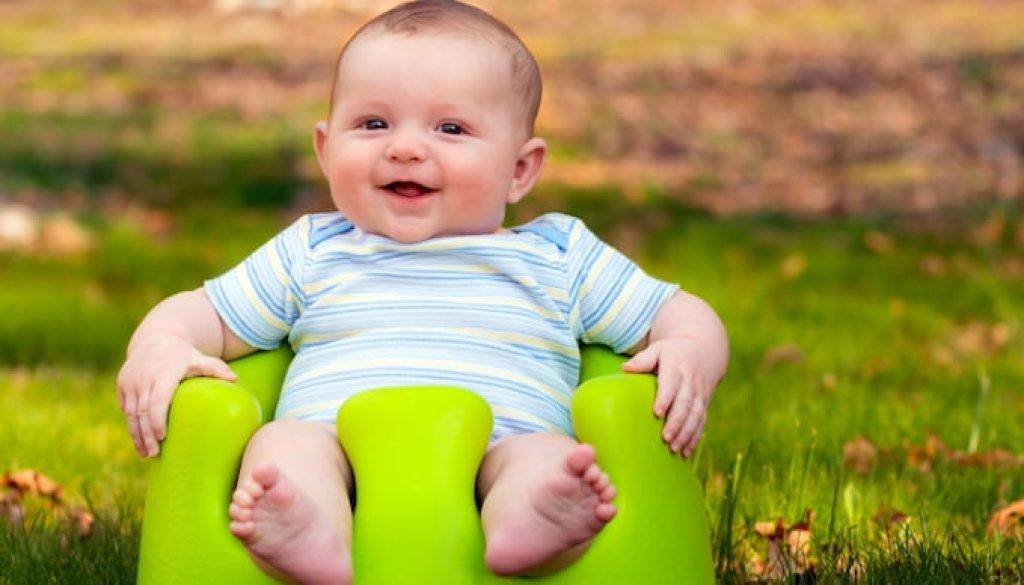
Bumbo seats are popular among parents as they provide a comfortable and convenient way to seat their babies. However, there are concerns about the safety of these seats and their impact on baby development.
When it comes to baby development, proper positioning is crucial. Babies need to develop their neck and back muscles to sit up, crawl, and eventually walk. Bumbo seats, which are designed to support a baby’s sitting position, can actually hinder this development.
Tummy time is an essential activity for developing a baby’s muscles and posture. When a baby is placed on their tummy, they learn to lift their head and strengthen their neck and back muscles. Bumbo seats do not allow for tummy time, which can delay a baby’s development.
Head control is another critical milestone in a baby upper body’s development. Babies need to develop the strength to hold their head up and look around. Bumbo seats, which provide support for a baby’s head, can slow down the development of these muscles.
Motor skills are also an essential aspect of a baby’s development. Motor milestones, such as rolling over, sitting up, and crawling, are all crucial steps towards healthy development. Bumbo seats can interfere with these milestones by providing too much support, which can delay the development of a baby’s motor skills.
In conclusion, while Bumbo seats may seem like a convenient option for parents, they can have a negative impact on a baby’s development. It is essential to provide babies with opportunities for tummy time, head control, and motor skill development to ensure healthy growth and promote healthy development throughout.
Alternatives to Bumbo Seats
When it comes to infant seats, there are a variety of options available on the market. Here are some alternatives to Bumbo seats that parents may want to consider:
High Chairs
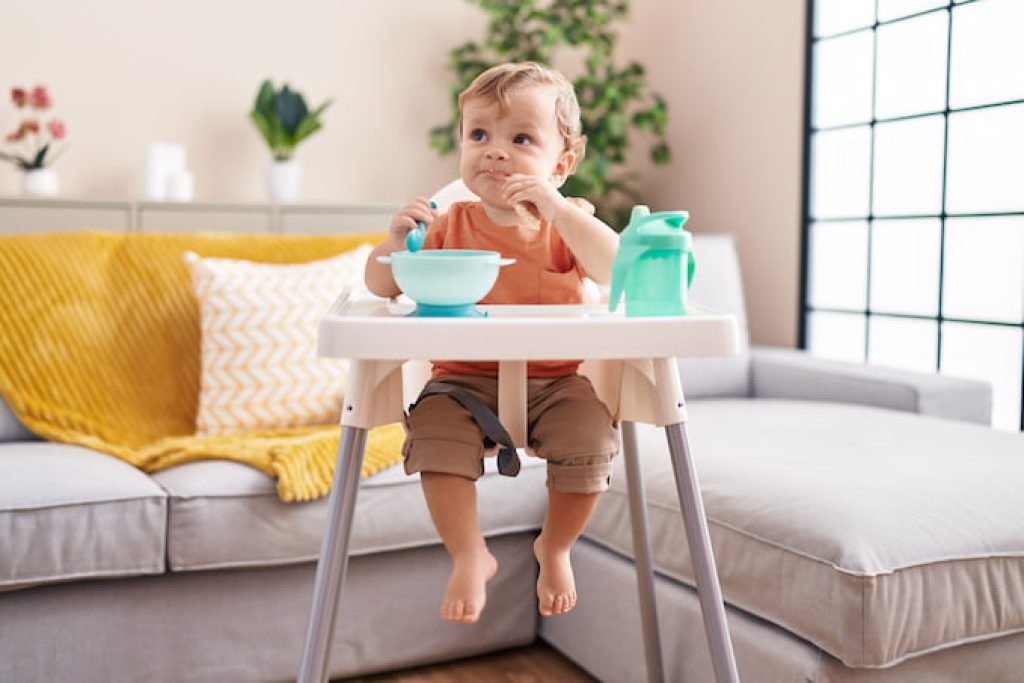
High chairs are a popular alternative to Bumbo seats. They are designed to be used from around six months of age and can be used until the child is around three years old. High chairs come in a variety of styles, from basic models to those with adjustable features, such as reclining seats, adjustable footrests, and removable trays. They also come in various materials, including plastic, wood, and metal. High chairs are generally considered to be safer than Bumbo seats because they have a more stable base and a harness to keep the child securely in place.
Car Seats
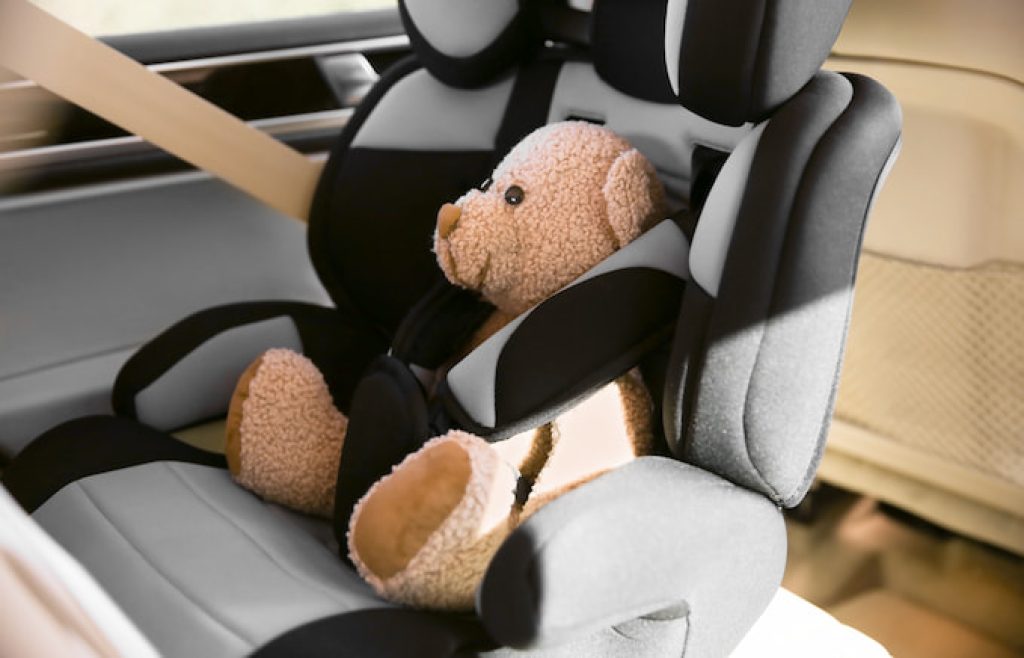
Car seats are another alternative to Bumbo seats. While car seats are primarily designed for use in vehicles, they can also be used as a safe place for infants to sit when they are not in the car. Car seats come in a variety of styles, from infant car seats to convertible car seats that can be used from birth to around four years of age. They are designed to be used with a harness system that keeps the child securely in place. Car seats are generally considered to be safer than Bumbo seats because they are designed to protect the child in the event of an accident.
Infant Seats
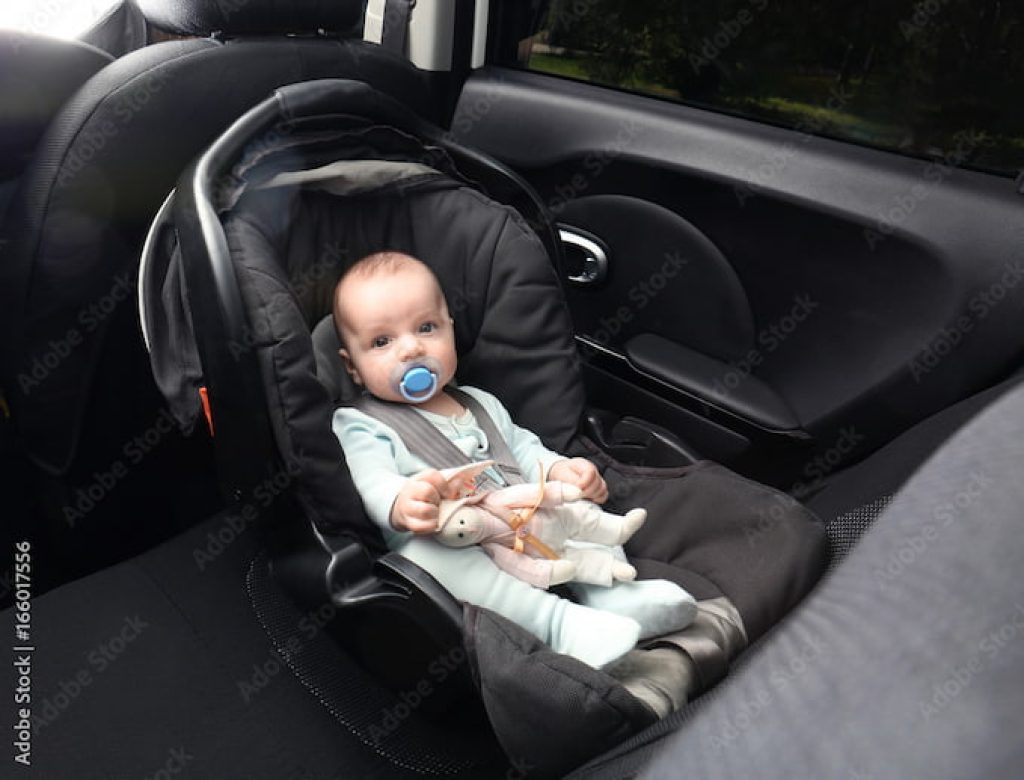
Infant seats are similar to Bumbo seats, but they have a more stable base and a harness to keep the child securely in place. They are designed to be used from birth to around six months of age. Infant seats come in a variety of styles, from basic models to those with adjustable features, such as reclining seats and removable toy bars. They are generally considered to be safer than Bumbo seats because they have a more stable base and a harness to keep the child securely in place.
Booster Seats
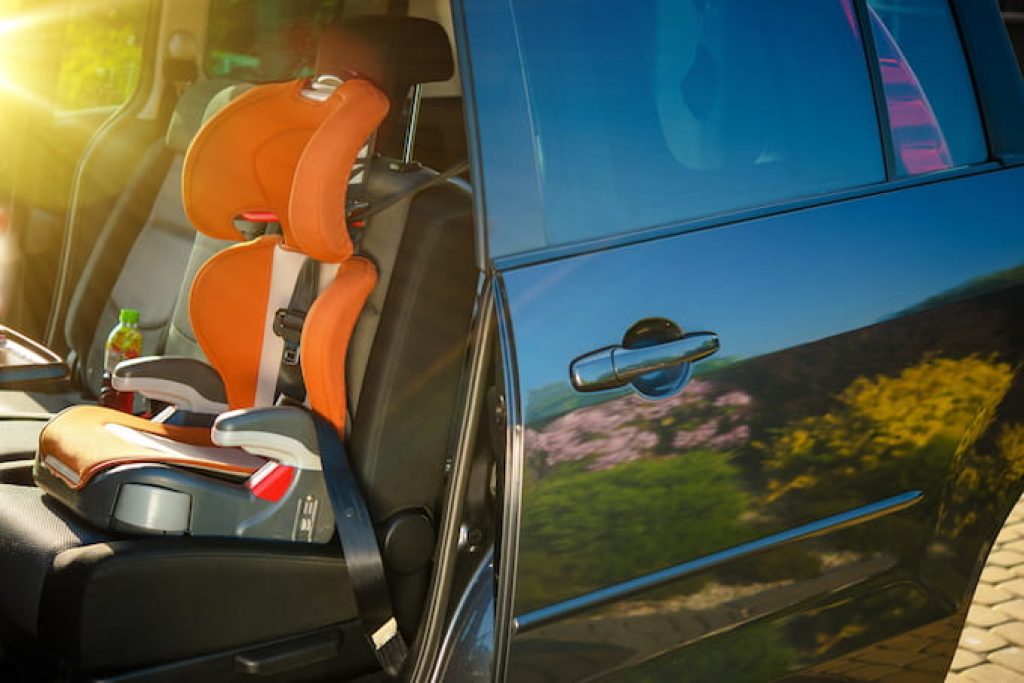
Booster seats are designed to be used by older children who have outgrown their infant car seats. They are designed to elevate the child so that the vehicle’s seat belt fits properly. Booster seats come in a variety of styles, including backless boosters and high-back boosters. They are generally considered to be safer than Bumbo seats because they are designed to protect the child in the event of an accident.
Walkers
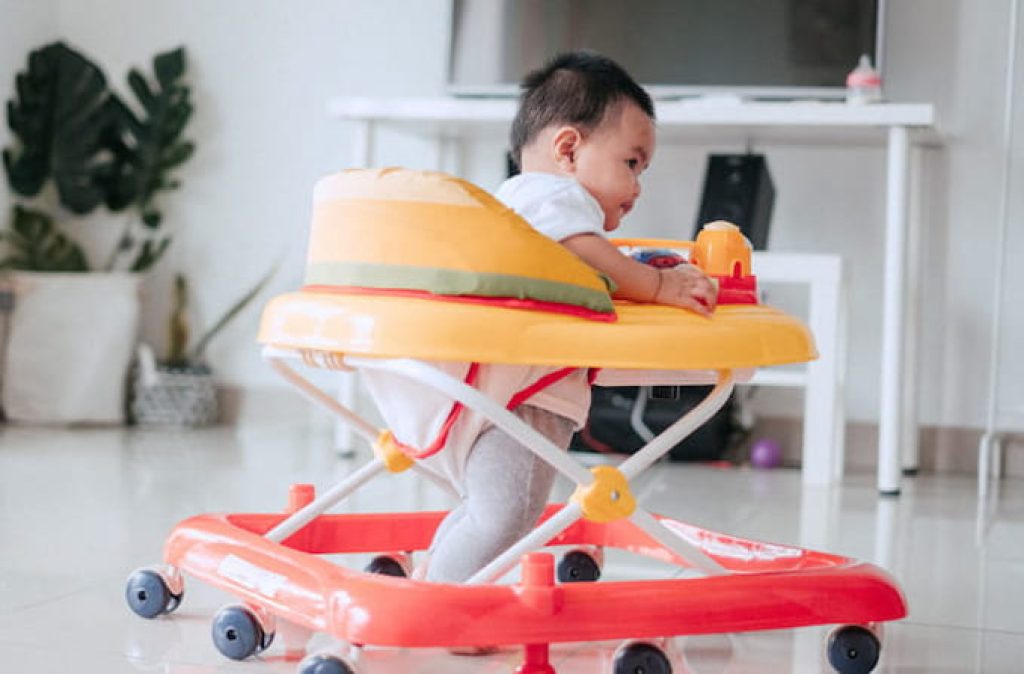
Walkers are not recommended as an alternative to Bumbo seats because they can be dangerous. Walkers allow children to move around before they are ready, which can lead to falls and injuries. In addition, walkers can give children access to dangerous objects, such as hot stoves or electrical cords.
Proper Use and Precautions
When using a Bumbo seat, it is important to follow proper use and precautions to ensure the safety of the child.
Firstly, it is essential to supervise the child at all times when they are seated in the Bumbo seat. The seat is not designed to restrain the child, and they may tip over or fall out if left unattended.
It is also important to follow the instructions provided by the manufacturer when assembling and using the Bumbo seat. The seat should only be used on a flat, firm, and raised surface, such as the floor. It should not be used on tables or elevated surfaces, as this can increase the risk of falls.
Parents and caregivers should also be aware of the child’s surroundings when using the Bumbo seat. The seat should not be placed near stairs or other potential hazards.
Additionally, it is important to take precautions when using the Bumbo seat. The child should always be strapped in securely, and the booster seat itself should not be used as a substitute for a car seat or high chair.
Considerations for Parents
When it comes to using Bumbo seats, parents should take some important factors into consideration. Here are some things to keep in mind:
Comfort and Toys
While Bumbo seats are designed to be comfortable for babies, parents should still be aware of how long their little one is sitting in the seat. It’s important to take breaks and give babies a chance to move around and stretch their muscles. Additionally, parents should avoid placing toys or other objects that could be a choking hazard within reach of their baby while they are in the seat.
Age Range and Weight Limit
Bumbo seats are intended for babies who can support their own head and neck, typically around 3-4 months old. Parents should also be aware of the weight limit for the seat, which is usually around 22 pounds. Once a baby reaches this weight or is able to get out of the seat on their own, it’s time to stop using it.
Balance and Readiness
Babies should be able to sit up on their own before using a Bumbo seat. If a baby is not ready for the seat, they may not have the necessary balance and the baby seats could tip over. Parents should also make sure the seat is placed on a flat, stable surface to avoid any accidents.
Stabilizing and Reflux
Some Bumbo seats come with a stabilizing feature, which can help prevent tipping. Parents should consider this feature when choosing a seat. Additionally, babies with reflux may not be comfortable in a Bumbo seat, as it can put pressure on their stomach and worsen their symptoms.
Controversy
There has been some controversy surrounding the safety of Bumbo seats. While they can be a helpful tool for parents, it’s important to use them responsibly and follow all safety guidelines. Parents should also be aware of any recalls or safety warnings related to their specific Bumbo seat.
Overall, Bumbo seats can be a useful tool for parents, but it’s important to use them safely and responsibly.
Frequently Asked Questions
At what age can babies start using a Bumbo seat?
Bumbo seats are designed for babies who can hold their heads up on their own, typically around 3-4 months of age. However, it is important to note that every baby develops at their own pace, so it is important to monitor your baby’s development and consult with a pediatrician before using a Bumbo seat.
What is the weight limit for a Bumbo seat?
The weight limit for a Bumbo seat is 22 pounds.
Are there any safety concerns with using a Bumbo seat?
There have been safety concerns with using Bumbo seats in the past. Babies can fall out of the bumbo baby seat, or tip over if it is not used correctly. It is important to always use the Bumbo seat on a flat, stable surface and never leave a baby unattended while in the seat.
What are some alternatives to using a Bumbo seat?
There are many alternatives to using a full Bumbo baby seat, such as a high chair or a baby seat with a harness. These options provide more support and stability for the baby.
Can a Bumbo seat be used as a high chair?
No, a Bumbo seat should not be used as a high chair. Bumbo seats are not designed to be attached to a table or used with a tray, which can increase the risk of the seat tipping over.
Why were Bumbo seats recalled in the past?
Bumbo seats were recalled in the past due to safety concerns. In 2012, the Consumer Product Safety Commission (CPSC) issued a recall of Bumbo seats after reports of babies falling out of the seats and suffering serious injuries. The recall included additional warning labels and a restraint belt to help prevent falls.



